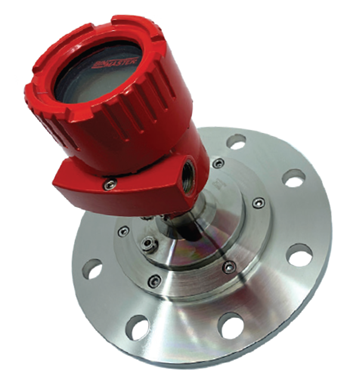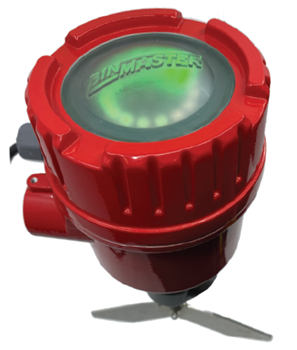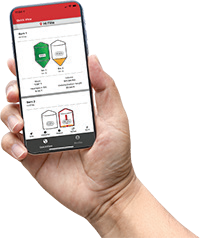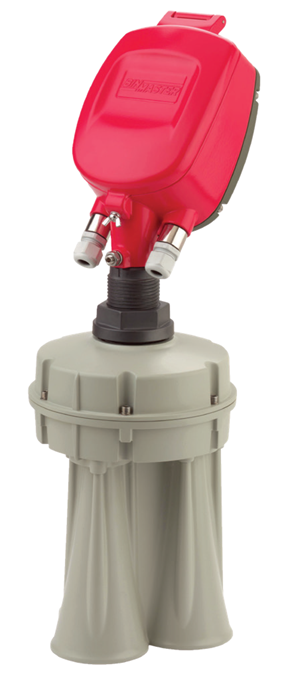Sponsored by BinMasterReviewed by Olivia FrostJun 4 2025
Whether you're managing a single worksite or overseeing multiple locations, one thing is certain: costs can add up quickly. From material replenishment to equipment installation and maintenance, investing in high-quality level sensors is key to maintaining operational efficiency and keeping your supply chain running smoothly.
While the concept of Total Cost of Ownership (TCO) is often associated with vehicle sales, it’s just as valuable for site managers, engineers, and operators looking to get the most out of their equipment. TCO offers a comprehensive view of all expenses tied to a product, covering purchase, operation, and long-term maintenance.
Several factors play into a true TCO calculation: the product’s service life, both expected and unexpected maintenance costs, and even the expenses related to retiring or replacing equipment.
BinMaster helps reduce TCO with dependable sensors and expert support that’s always within reach.
Comprehensive, High-Value Sensors
Quality plays a key role in the TCO equation. A lower-cost sensor might offer upfront savings, but it may also require maintenance sooner and more often than a higher-quality alternative, ultimately shortening its service life.
That said, a higher price tag doesn’t always guarantee better performance. Depending on your specific application, you might not need many of the advanced features included in premium models. Much like choosing options for a vehicle, it’s important to evaluate which features are truly necessary for your operation.
BinMaster, for example, offers three types of rotary level indicators and a range of radar configurations. Their team works with you to identify the model that best fits your application and budget, ensuring you get the right balance of performance and cost.
"Longevity and durability are paramount when selecting a level sensor," stated Nathan Grube, Vice President of Sales.
"Customers prefer not to be atop their bins or vessels performing maintenance after purchasing a product designed to eliminate those hazardous climbs. BinMaster sensors are intentionally engineered for low maintenance and are built to withstand harsh weather conditions, excessive dust, and moisture."
Another consideration in TCO is the product's impact on overall Return on Investment (ROI).
Benefits of BinMaster Sensors
High-, mid-, and low-level indicators help prevent overfills and dry runs, ensuring materials are delivered and scheduled on time to keep operations running smoothly.

Image Credit: BinMaster
Process control features allow sensors to automatically start or stop equipment at specific material levels, helping to reduce poor batching and minimize waste.

Image Credit: BinMaster
Accurate measurements—whether for solids, liquids, powders, or slurries—keep bulk inventory at optimal levels, cutting down on waste and reducing carrying costs.

Image Credit: BinMaster
When integrated with user-friendly inventory management software, these systems give companies real-time visibility into bin, tank, silo, or vessel levels. They also support smarter purchasing decisions and streamline operations with features like historical reporting, automated alerts, and simplified ordering.
In short, BinMaster sensors combined with BinCloud® software enable remote monitoring that can significantly lower labor costs while improving operational efficiency.
Repair or Replace?
In the lifecycle of any sensor, there inevitably comes a time when repairs or complete replacements become necessary. BinMaster offers a range of common replacement parts in their online shop, enabling users to procure necessary components as needed.
Many organizations implement a strategy of “Predictive Stocking” to anticipate maintenance, repair, and operations (MRO) needs, ensuring they have the required replacements available when maintenance is due.
This proactive approach minimizes fulfillment and shipping times, allowing processes to resume more swiftly.
“Over time, wear and tear on mechanical devices such as rotaries and SmartBobs®—particularly after years in challenging field conditions—can significantly impact performance,” stated Dave Zelnio, Customer Success Manager.
“It is crucial to evaluate the cost of repair against the benefits of replacing a sensor with the latest technology, new components, and a comprehensive warranty."
BinMaster’s sales team is dedicated to assisting users in selecting the appropriate parts from the outset, thereby avoiding the need for returns or improper installations.
Its reliable technical service team is also available to assess whether sending a product for evaluation or repair is a prudent business decision.
Should a complete sensor replacement be necessary, experts work collaboratively with users to identify the optimal choice for their specific application.
Sensor Satisfaction Guaranteed
BinMaster is fully committed to delivering a positive customer experience, supported by its in-house customer service team, along with sales managers, technical service personnel, and local distributors.
BinMaster also offers personalized consultations via phone or online, and its team can visit your site for installations, troubleshooting, or hands-on training, ensuring a seamless transition to new sensors. Additionally, all BinMaster products come with a two-year warranty.
BinMaster’s responsive support team, comprised of friendly, US-based professionals, represents an often-overlooked advantage in determining a product’s total cost of ownership (TCO).
BinMaster experts are readily accessible, providing valuable diagnostic information, instructional guidance, and assistance as needed.

Image Credit: BinMaster
While initial considerations of a product's TCO often focus on affordability and longevity, uncertainty can cloud decision-making. Engaging with trusted experts can clarify the purchasing process and assist in estimating the supply chain, automation, and sustainability benefits that robust level sensors can offer to your business.

This information has been sourced, reviewed and adapted from materials provided by BinMaster.
For more information on this source, please visit BinMaster.